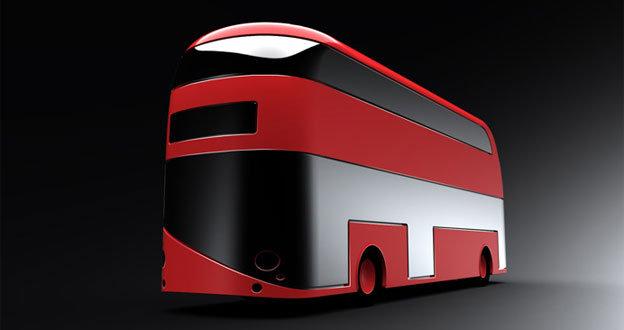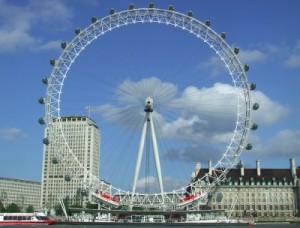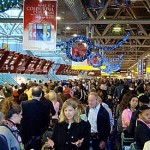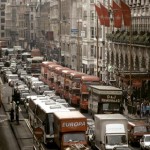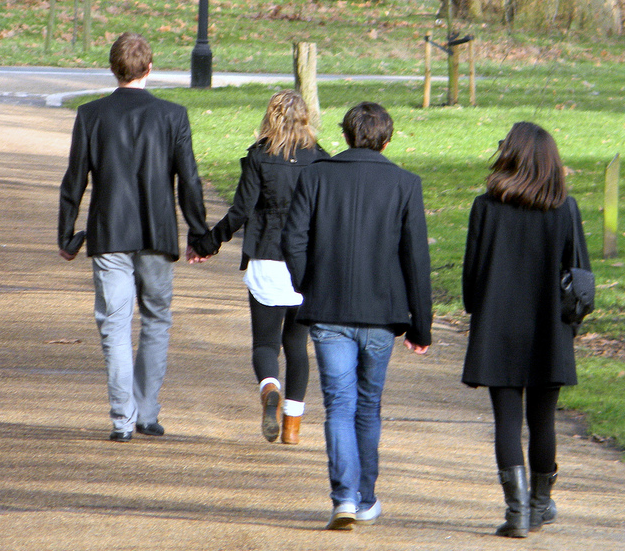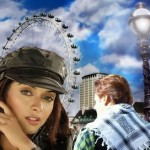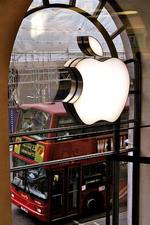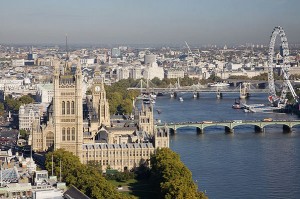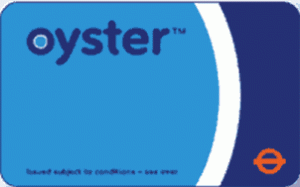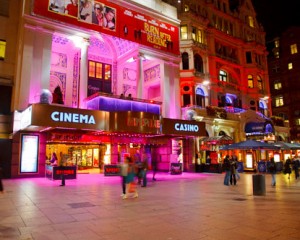 Sherlock Holmes prided himself on having ‘an exact knowledge of London’.
Sherlock Holmes prided himself on having ‘an exact knowledge of London’.
Today, you can still catch glimpses of the London he loved and frequented.
I first met Sherlock Holmes during my teens and ever since then I’ve thoroughly enjoyed the exploits of Arthur Conan Doyle’s hero. He was the original crime-fighter, pioneer in the line of James Bond and Jason Bourne. While Ian Flemming sent 007 on adventures all over the world carrying nifty gadgets and leaving a string of heartbroken women in his wake, Arthur Conan Doyle instilled Sherlock Holmes with an exact knowledge of London, finely tuned powers of observation and deduction, and a lifelong crush on Irene Adler.
Even today, a century and decade after Arthur Conan Doyle introduced Londoners to this eccentric detective and his reliable friend, Dr Watson, through the July 1891 issue of Strand Magazine, the keen fan can still catch glimpses of the London that Sherlock Holmes inhabited.
The home of Holmes
Recently, I went on a leisurely ramble to discover Sherlock Holmes’ London. The starting point had to be Holmes and Watson’s lodgings at 221B, Baker Street. And even today, the street has vivid remnants of its literary past. On the walls of the tube station are murals etched on the tiles, depicting scenes from Doyle’s stories including The Hound of the Baskervilles, and Holmes’ profile, with the deerstalker cap and curved meerschaum pipe. Even the statue outside the station that was unveiled in 1999 is of Holmes.

Sherlock Holmes’ Home at 221B Baker Street
Doyle would have taken serious objection to the attire of cap and pipe represented in the statue because he never intended Holmes to dress like that. Basil Rathbone, who played Holmes on screen in the 1940’s, started that trend. Apparently, the meerschaum pipe, by virtue of its shape, was the only one that didn’t throw out a flurry of ashes as Rathbone waved his hand about during dialogue delivery, and so it became the pipe of choice. This was the first widespread visual depiction of Holmes, so it caught on. However, Robert Downey Jr., Holmes’ most recent avatar, is more suitably attired to what Conan Doyle intended. 221B Baker Street didn’t exist during Doyle’s time and thank heavens for that. The poor resident would have been hounded by wronged locals, civil servants on the brink of career disaster, nobility hoping to nip a scandal in the bud and despairing young women—typical examples of the clients Holmes had. The street numbers ended at 85 and it was only in 1930, when Baker Street was extended, that the number came into being. Today, The Sherlock Holmes Museum proudly displays the number 221B, although it is really at 239 Baker Street. The building at 221 Baker Street is the Abbey National Building Society and they still receive about 30 letters a week addressed to Sherlock Holmes. At the museum, Sherlock Holmes’ recreated living room is as untidy as Watson often mentions with just a hint of disapproval; there is the famous syringe that Holmes used to inject a high, when he lacked mental stimulation between cases; the Persian slipper with his tobacco, and his mail affixed to the mantelpiece by a dagger.
Official business
 The Westminster Bridge, Parliament House & Big Ben
The Westminster Bridge, Parliament House & Big Ben
After a brief stop here I headed back to the tube station and hopped on to the Jubilee Line to Westminster. Interestingly, the Jubilee Line, which was named so when it opened in the Queen’s silver jubilee year is the newest line of the London Underground network. I resurfaced to London’s most recognised sight: the Big Ben and Houses of Parliament. To the left, Westminster Bridge, built in 1750, still looks pretty much the same as Holmes would have seen it. Thanks to its ornate Victorian lamp posts and the 1850 statue of the chariot-borne British Queen Boadicea, who resisted the Romans. Holmes came around often because his services were called upon to save Queen, King and Country from time to time. Today, if you take a deep breath, you might just catch the tantalising whiff of crêpes that two dear old ladies sell in a stall at the beginning of the bridge. If Watson or Holmes would have attempted the same back then, they would have gagged. The Thames was little less than an open sewer, into which flowed the entire city’s filth and effluents. The Houses of Parliament had to have lime-soaked curtains over the windows in order to function. So bad was the stench. And it seemed to attract the sludge of society. The underworld (which generated most of Holmes’ business) hung out by the squalid Thames. Today, of course, tourists walk down lovely riverside promenades and cruise on fancy boats, enjoying the fresh breeze. I walked down the Victoria Embankment, past the Westminster pier, and turned left onto Richmond Terrace and came out on Whitehall right opposite 10, Downing Street where British Prime Ministers have been residing ever since 1732. To its left is a magnificent edifice of white stone. This is the Foreign and Commonwealth Office, to which Holmes and Watson were summoned in the matter of the stolen Naval Treaty.
From cops to chops
Whitehall leads to Trafalgar Square, but before that, right by the Clarence Pub, there is a nondescript lane that links Whitehall to Northumberland Avenue. It’s called Great Scotland Yard, home to the world-famous police force. Holmes, of course, didn’t think much about what he called ‘their plodding way of functioning.’ In fact, the stories are peppered with his run-ins and altercations with the hardworking inspector Lestrade of Scotland Yard. Yet, both seem to have had a grudging respect for each other. Exiting Great Scotland Yard, I crossed Northumberland Avenue and went to the head of Northumberland Street. This area during the 1890s was the centre of the hotel trade thanks to its proximity to Charing Cross and Waterloo stations. At the head of the street stands a pub named after the detective himself: The Sherlock Holmes. The pub itself was established in 1736 and during Holmes’ time was called the Northumberland Hotel. It is here that Sir Charles Baskerville stays, when he comes to London from Dartmoor to consult Holmes in The Hound of the Baskervilles. Renamed today, it is a shrine. The menu is named after Holmes’ cases and there is also Sherlock Holmes ale on offer. After a refreshing drink here, I continued up the street to Charing Cross Station that lies at the head of the great boulevard called Strand.
 The Great Scotland Yard
The Great Scotland Yard
Holmes and Watson often rendezvoused at Charing Cross Station, when they had a case outside London. And they loved walking down the Strand on their way to Covent Garden to catch a Wagner Opera, which helped Holmes introspect. In fact, 350 yards along the Strand from Charing Cross Station is Simpsons-in-the-Strand, a restaurant that they visit in two stories. Today, you can eat there and sample some of the same fare that they must have had then—like roast beef with gravy, horseradish and Yorkshire pudding. The décor and service is also charmingly old-world. White-liveried servers roll domed trays of joints of meat over to your table and lift the silver covers to carve your meal in front of you. In keeping with
tradition, you need to be suitably attired. Jeans are frowned upon.
The romantic element
Diagonally across Simpsons is Southampton Street, which housed the offices of the Strand Magazine. Angry readers gathered here to protest, when Arthur Conan Doyle killed off Sherlock Holmes in The Final Problem. The final landmark on my walk was to do with Dr Watson’s love life. Two streets from the Magazine’s old office is Wellington Street, in which stands the imposing Lyceum Theatre with its gigantic columns. Young lovers gravitated to Lyceum Theatre during the 1950’s, when it was a dance hall, because there was no stickman here. At other dancing halls, the stickman kept an eagle’s eye over the dancing couples and would sternly use his stick to separate them if they were getting too close and cosy. During Holmes’ times, the Lyceum was run by Sir Henry Irving with help from his assistant Bram Stoker, who had found fame in 1897 as the author of Dracula. Watson heard the bells of love clanging in his head here at the base of the third column of the Lyceum, where Mary Morstan (his future wife) met the duo in the Sign of Four. I ended my walk there and raised a toast to the happy Watsons, Mr Holmes and to Arthur Canon Doyle, who brought so much entertainment to readers the world over, as I settled down for a pint at the Wellington Pub next to the Lyceum, looking at, as Holmes observed, “the rushing stream of life in the Strand.”
Rishad Saam Mehta
February 2010
http://rishad.co.in/pdf/Holmes-London-Jetwings-February-2010.pdf
Average Rating: 4.5 out of 5 based on 276 user reviews.
